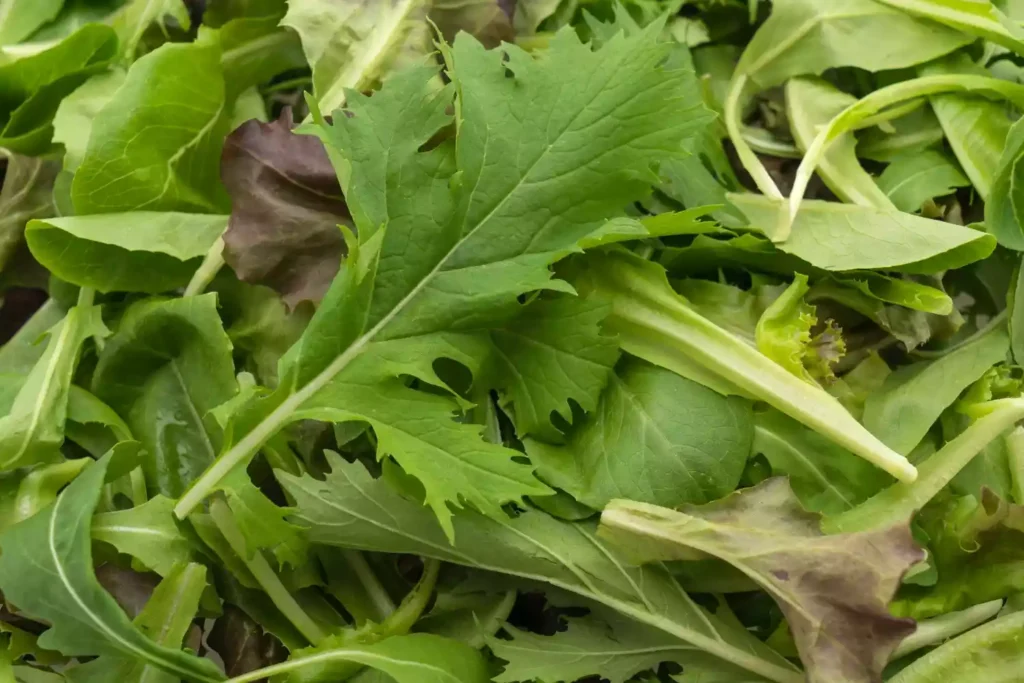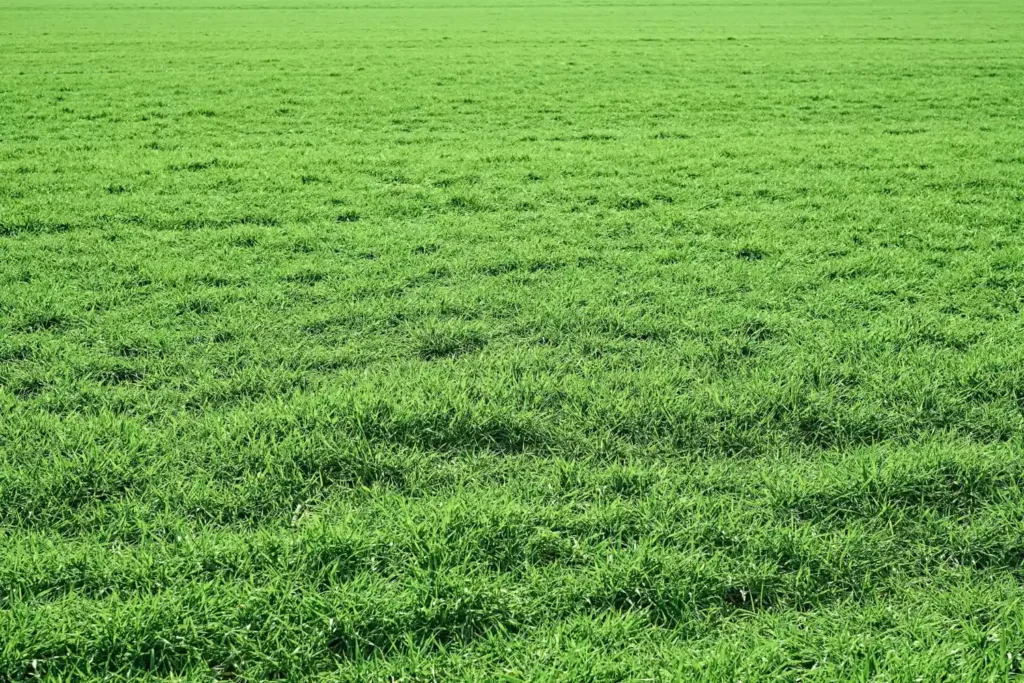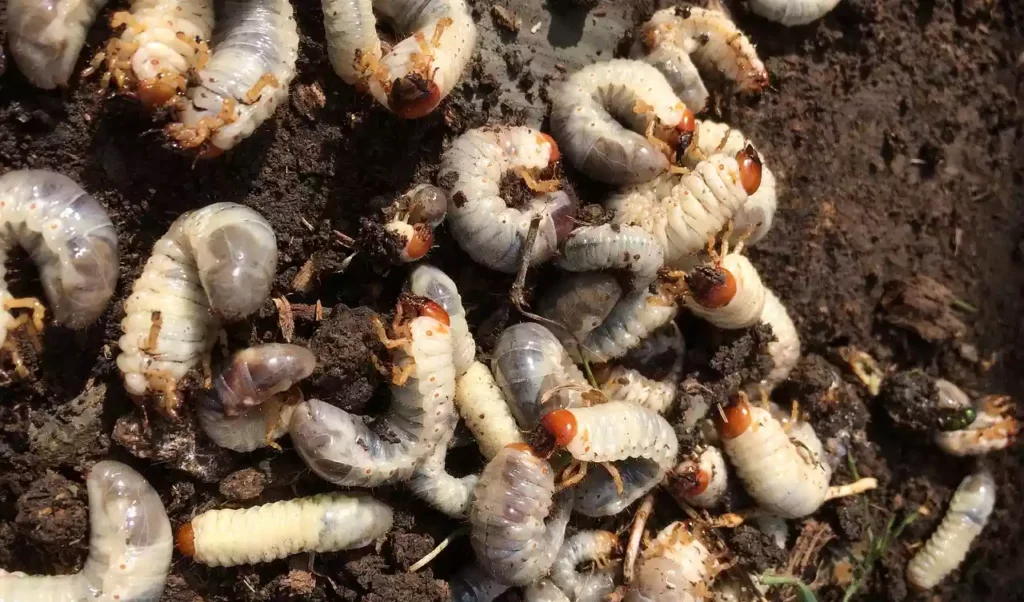A grub hoe and a garden hoe are two of the most commonly used tools in gardening. Though they may appear to be similar, they have distinct characteristics that set them apart.
This article will explain the differences between a grub hoe and a garden hoe, exploring their uses and applications in the garden. Gardeners can benefit greatly from understanding the purpose and function of each tool in order to make informed decisions when selecting which one to use for various tasks in their gardens.
Overview Of Grub Hoe And Garden Hoe
A grub hoe and a garden hoe are similar in their purpose yet diverse in their construction. Like two sides of a coin, they appear to be the same, but upon closer examination one can detect subtle differences. As it were, they are like two peas in a pod: alike yet distinct.
The primary difference between the two is in their property differences. A grub hoe has a curved blade that is designed to easily penetrate into soil or hard-packed ground and loosen it quickly. It also has an elongated handle that gives the user greater reach and leverage when digging out weeds or other plants.
On the other hand, a garden hoe has a flat blade with sharp edges that is used for weeding and cultivating soil more slowly than a grub hoe. It typically has a shorter handle for more precise control when working on small areas of land.
In terms of construction materials, the majority of grub hoes are made from steel or iron with wooden handles while most garden hoes are constructed from plastic or fiberglass with either wooden or metal handles. The choice between the two ultimately depends on what task you need to perform and how often you will use it.
For instance, if you are looking for something strong enough to break through tough soil then a steel grub hoe might be best whereas if you want something lightweight and easier to maneuver then perhaps look into purchasing a plastic garden hoe with an ergonomic handle design.
No matter which tool you choose, proper care should always be taken when using either type of hoe as both can cause harm if not handled properly. Taking this into account before making your purchase will ensure that you get exactly what you need for your gardening needs without any unnecessary risks involved.
Design Of Grub Hoe And Garden Hoe
Grub hoes and garden hoes may look similar at first glance, but they do have distinct differences in design. Grub hoes have a narrow blade that is sharpened on one side and curved on the other. This type of hoe is used for breaking up the soil more deeply than a garden hoe can reach, making it ideal for removing weeds from root systems or preparing the ground for planting.
Garden hoes, on the other hand, are designed with a wider blade that is flat on either side and typically has a rounded edge. This type of hoe works well for general gardening tasks such as weeding, edging beds and turning over soil before watering or fertilizing techniques are applied.
When it comes to cultivating soil, grub hoes tend to be more effective due to their narrow blades and sharp edges which can easily penetrate through tough soil crusts or dense patches of roots. These types of hoes also provide increased leverage when digging deeper into the ground compared to garden hoes which are better suited for lighter duties such as surface-level weeding or loosening topsoil prior to fertilizing tips being applied.
For those looking for a tool that can handle both light and heavy duty gardening tasks, an adjustable-blade combination grub/garden hoe may be the ideal choice. This multi-purpose tool features a head which can be adjusted from a narrow blade suitable for digging deep into hard soils to a wide blade perfect for edging beds or incorporating fertilizers into topsoil layers. With its versatility combined with durability, these adjustable-blade combination grub/garden hoes offer an invaluable asset to any gardener’s tool collection.
Uses Of Grub Hoe
Grub hoes are versatile tools for gardening, with multiple uses. Their wide blade design provides an effective way to clear weeds and roots from a garden bed. The V-shaped blade allows the user to slice through soil, providing efficient weed clearing with minimal effort.
The grub hoe can also be used to loosen hard-packed soils, allowing for improved aeration of the soil. This is especially useful in areas that have been previously worked or planted, loosening the soil around plants and preventing compaction.
In addition, the grub hoe can be used to cut short furrows in the soil for planting seedlings and bulbs. Its pointed end makes it ideal for precision planting in small spaces, such as beds of ornamental flowers or vegetables like carrots and onions that require thin rows.
The grub hoe is also useful for edging beds and borders, creating neat edges along garden paths and walkways.
Finally, its thick blade makes it a sturdy tool for turning over large areas of soil when preparing new gardens or amending existing ones with compost or mulch. It can easily work through tough soil clumps, working up to three inches deep in one pass – making it an indispensable tool for those looking to tackle larger gardening tasks quickly and efficiently.
Uses Of Garden Hoe
Grub hoes and garden hoes both offer a wide range of uses in the garden, but they are distinct tools with different features.
According to statistics published by the National Gardening Association, 87% of American households have at least one garden tool, and many of those households own both grub hoes and garden hoes.
As a Master Gardener, it is important to understand the differences between the two tools so that you can choose the right one for your next project.
Grub hoes have sharp blades that allow them to penetrate hard soil more easily than other gardening tools. These blades also make it easier to clear out weeds without disturbing nearby plants or uprooting them in the process. Grub hoes are particularly useful for weeding techniques in areas that require precision work, like around flower beds and vegetable gardens.
Garden hoes are designed for larger-scale soil preparation and cultivation tasks. A garden hoe has a wider blade than a grub hoe, which makes it better suited for digging into looser soils or turning over soil layers on a larger scale. These tools can also be used to quickly break up large clumps of dirt or even cut through small roots in some cases. Garden hoes are great for general maintenance tasks like leveling out an area before planting or creating furrows for irrigation ditches.
No matter which tool you choose, it is important to use proper technique when using either one of these tools so as not to damage delicate plants or disturb nearby root structures. Taking the time to familiarize yourself with their unique features will help ensure that you get the most out of your gardening experience.
Advantages Of Grub Hoe
-
The grub hoe is a versatile tool that can be used for many gardening tasks, including digging and weeding.
-
Its unique blade shape and angle make the grub hoe highly effective at removing roots and large weeds, while its small size and weight make it easier to maneuver than a traditional garden hoe.
-
The grub hoe is also ideal for cutting through hard, compacted soil and is especially useful for breaking up clods of soil and creating seedbeds.
-
The grub hoe’s lightweight design and ergonomic handle make it easier to use than a traditional garden hoe, reducing strain on the user’s back and arms.
Ease Of Use
A grub hoe is an effective tool for gardeners and farmers alike. Its ease of use makes it ideal for weeding and soil preparation. With its long handle and thin blade, it can be used to both clear weeds from the surface as well as to dig deeper into the earth. The long handle also allows for greater leverage when digging, thus making it easier to break up stubborn soil clumps.
Through the use of a grub hoe, gardeners can easily create tidy rows in their gardens or prepare larger areas of land in preparation for planting. The design of a grub hoe also allows for quick work with minimal effort. By simply pushing the blade forward, one can quickly remove weeds and break up soil clumps without having to bend down or strain oneself while doing so.
This makes it much easier on one’s back compared to using other weeding techniques such as using a hand trowel or fork. Furthermore, due to its design, a grub hoe can easily be utilized in tighter spaces where other tools may not fit or be able to reach. The effectiveness and ease of use makes a grub hoe an invaluable tool for any gardener or farmer looking to maintain their plot of land with speed and efficiency.
No matter if one is clearing out weeds or preparing soil for planting crops, a grub hoe will get the job done quickly and effectively with minimal effort required from the user.
Versatility
The versatility of the grub hoe makes it a valuable tool for gardeners and farmers. It can easily be used to achieve multiple tasks in soil preparation and weed control. With its long handle and thin blade, it can be used to both clear weeds on the surface as well as dig deeper into the earth.
This allows gardeners to quickly create tidy rows or prepare larger areas of land with minimal effort when compared to using other tools such as hand trowels or forks. Furthermore, with its design, a grub hoe can easily maneuver around tighter spaces where other tools may not fit or be able to reach.
The blade of the grub hoe is also able to break up stubborn soil clumps with greater ease due to the length of its handle providing more leverage when digging. This eliminates the need for bending down and straining oneself while doing so, thus making it much easier on one’s back.
The efficiency and convenience that a grub hoe brings makes it an invaluable asset for any gardener or farmer looking to cultivate their plot of land quickly and effectively. Its versatility allows for multiple uses from clearing out weeds to preparing soil for planting crops, making it an effective tool all year round regardless of the task at hand.
Advantages Of Garden Hoe
A garden hoe is an invaluable tool for anyone who wishes to cultivate a healthy garden. Its wide, flat blade enables it to be used for a range of tasks from digging and weeding to planting and soil preparation. Garden hoes are often the go-to tool for most gardening activities because they offer a number of advantages over other tools.
The first advantage of using a garden hoe is its ease of use. The wide blade allows the user to perform a variety of tasks with minimal effort, such as breaking up large clumps of dirt, clearing weeds, and cultivating soil for planting. The angle of the blade also makes it easier to move through the soil faster than with other tools like spades or trowels.
Garden hoes are also great for precision planting techniques. The sharp edges of the blade make it easy to form straight furrows that can be used for row planting, or create evenly spaced holes for individual bulbs or seeds.
The blade’s length also provides extra reach when needing to work in hard-to-reach areas around trees or shrubs without having to get too close to them. With its versatility and convenience, a garden hoe is an essential tool in any gardener’s repertoire.
Choosing The Right Tool For Your Garden
Garden hoes can be an incredibly versatile tool for gardeners, depending on the type of garden and the tasks that need to be done. It is important to select the right tool for your specific needs in order to get the most out of it.
When selecting a garden hoe, consider what you will use it for – weeding, soil preparation, or something else. The type of hoe you choose depends largely on your target application. Garden hoes come in many sizes and shapes, with some being more suited for weeding and others specifically designed for soil preparation.
A grub hoe is a specific kind of garden hoe that has a thin blade designed for cutting through roots and weeds easily. This makes them perfect for weed control and removing unwanted plants from your garden beds.
Gardeners should take into account their individual needs when choosing a garden hoe; it is important to select one that fits the specific task being performed as well as being comfortable and easy to use. If you are looking for a tool that can handle both weeding and soil preparation tasks, then a grub hoe may be the best option – however, if you only require soil preparation then another type may be better suited.
Ultimately, it’s up to each individual gardener to decide which type is most suitable for their particular circumstances.
Conclusion
The conclusion is clear: a grub hoe and a garden hoe are two different tools, each with its own advantages and uses.
Both can be used to great effect in the garden, but it is essential to choose the right tool for the job.
It may seem ironic that selecting the correct tool should be so important, given how little difference there is between the two, but this irony highlights just how important it is to do so.
Gardeners must use their knowledge and experience to ensure they get the most out of their tools – both grub hoes and garden hoes – if they are to achieve success in their gardening endeavours.





